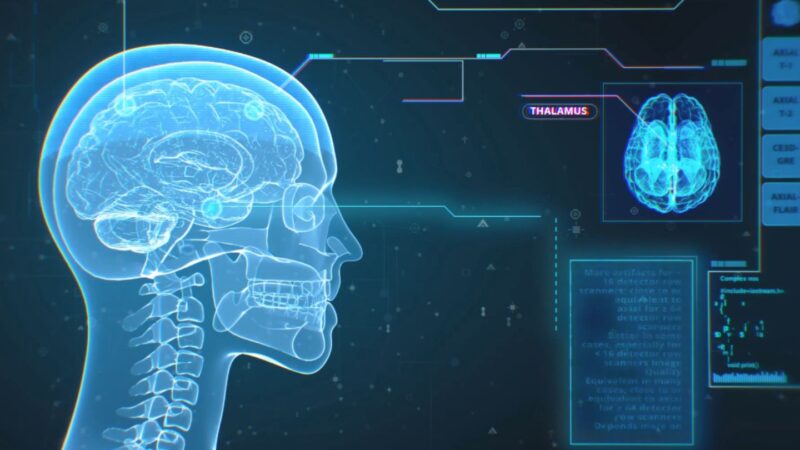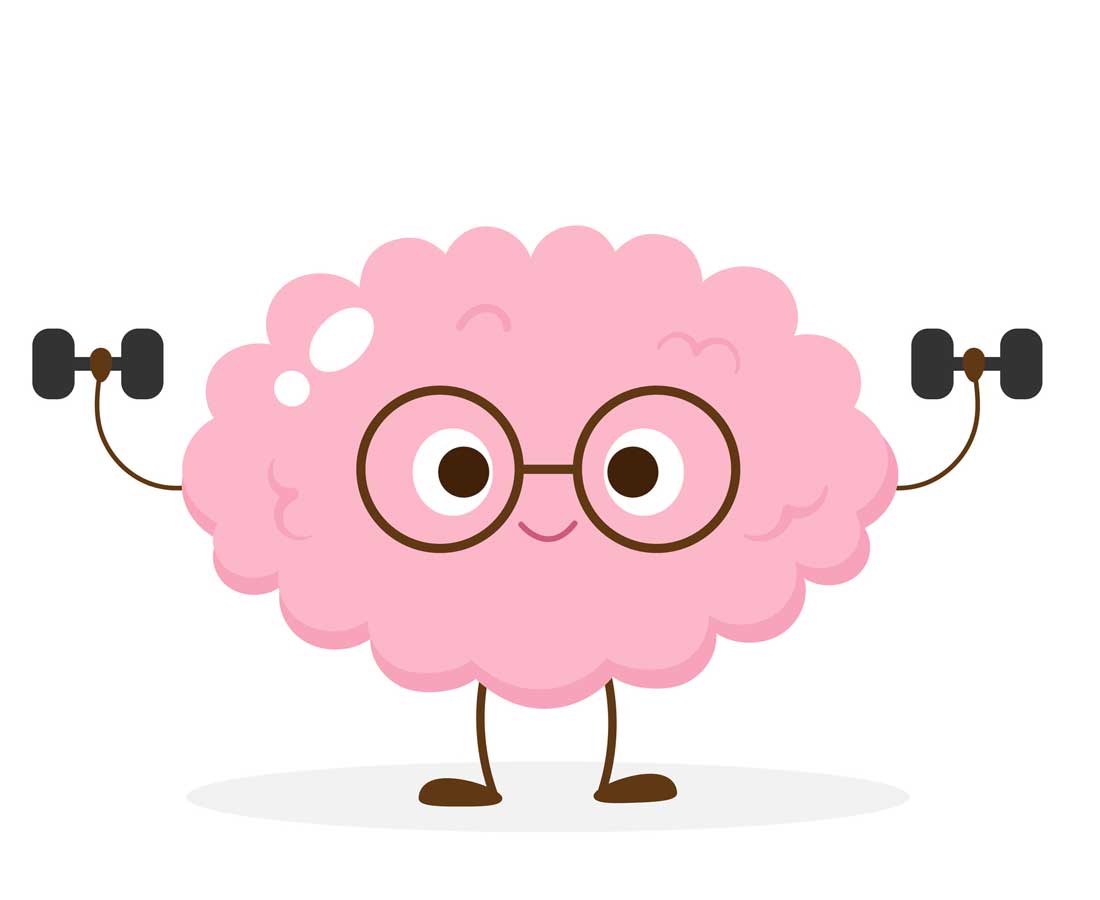The human brain is a remarkable organ, capable of learning, adapting, and evolving throughout our lives. This adaptability is known as neuroplasticity. But how long does it take to retrain your brain? This blog post delves into the science of neuroplasticity, exploring the time it takes to retrain your brain and the factors that influence this process.
Understanding Neuroplasticity
What is Neuroplasticity?
Neuroplasticity is the brain’s ability to reorganize itself by forming new neural connections. This ability allows the neurons (nerve cells) in the brain to compensate for injury and disease and to adjust their activities in response to new situations or changes in their environment.
Factors Affecting Neuroplasticity
Several factors influence neuroplasticity, including age, the type of learning or training, the intensity of the training, and individual differences. Younger brains tend to be more plastic and adaptable, but even adult brains can rewire themselves with the right stimulation.
According to Harvard Health Publishing, factors like stress, sleep, and lifestyle choices can significantly impact the brain’s plasticity.
The Time Frame for Retraining Your Brain

Short-Term Changes
Short-term changes in the brain can happen quickly, often within minutes to hours. This involves strengthening the connections between neurons that are already present, a process known as synaptic strengthening. According to Nature Neuroscience, these rapid changes are crucial for immediate learning and memory formation.
Long-Term Changes
Long-term changes in the brain can take weeks, months, or even years. This involves the formation of new connections and, in some cases, the generation of new neurons, a process known as neurogenesis. Long-term neuroplasticity is essential for sustained learning and adaptation over time.
Factors Influencing the Time Frame

Age and Neuroplasticity
Age is a significant factor in neuroplasticity. Children’s brains are highly plastic, allowing them to learn and adapt rapidly. As we age, our brains become less plastic, but they retain the ability to change and adapt. While neuroplasticity decreases with age, the adult brain is still capable of remarkable changes and adaptations.
Type and Intensity of Training
The type and intensity of training or learning activities greatly influence how quickly the brain can retrain. Activities that are challenging and novel can accelerate the process of neuroplasticity. Targeted and intensive training can lead to faster and more significant neuroplastic changes.
Techniques for Retraining Your Brain
Cognitive Training
Cognitive training involves engaging in specific tasks designed to improve cognitive functions such as memory, attention, and problem-solving skills. Regular cognitive training can lead to significant improvements in these areas. According to Psychology Today, cognitive training exercises can enhance brain function and even delay cognitive decline in older adults.
Physical Exercise and Brain Health
Physical exercise is not only good for the body but also for the brain. Exercise increases blood flow to the brain and can stimulate the growth of new neurons and connections. According to Mayo Clinic, regular physical activity is one of the most effective ways to improve brain health and neuroplasticity.
Challenges and Considerations
Individual Differences
Individual differences play a crucial role in the time it takes to retrain the brain. Factors such as genetics, lifestyle, and overall health can influence the rate of neuroplasticity. According to Scientific American, understanding these individual differences is key to developing personalized approaches to brain training.
Overcoming Obstacles
Retraining the brain can be challenging, especially in the face of injuries or neurological conditions. However, with persistence and the right approach, significant improvements are possible.
FAQ
1. Can brain training games improve cognitive function?
Brain training games can be beneficial, but their effectiveness varies. They can improve specific task performance, but translating these improvements to everyday cognitive functioning is still a subject of research.
2. Is it possible to retrain the brain after a stroke?
Yes, it is possible to retrain the brain after a stroke. Rehabilitation often involves exercises and activities that leverage neuroplasticity to regain lost functions.
3. How does diet affect brain retraining?
A healthy diet can support brain health. Foods rich in omega-3 fatty acids, antioxidants, and vitamins can enhance cognitive function and neuroplasticity.
4. Does sleep affect neuroplasticity?
Yes, sleep plays a crucial role in neuroplasticity. Adequate sleep is essential for memory consolidation and the overall health of the brain.
5. Can meditation or mindfulness practices retrain the brain?
Meditation and mindfulness can positively impact the brain. These practices are associated with changes in areas of the brain related to attention, emotion regulation, and mental flexibility.
6. Are there any risks to brain retraining?
In general, brain retraining is safe. However, it’s important to approach it with realistic expectations and understand that results can vary greatly among individuals.
7. Can neuroplasticity help with mental health issues?
Neuroplasticity has implications for treating mental health issues. Therapies that leverage neuroplasticity, like Cognitive Behavioral Therapy (CBT), can be effective for conditions like depression and anxiety.
Conclusion
Retraining your brain is a journey that varies from person to person. Understanding neuroplasticity and the factors that influence it can help in developing effective strategies for brain training. Whether it’s through cognitive exercises, physical activity, or other methods, the brain’s ability to adapt and change is a powerful tool for personal development and recovery.
